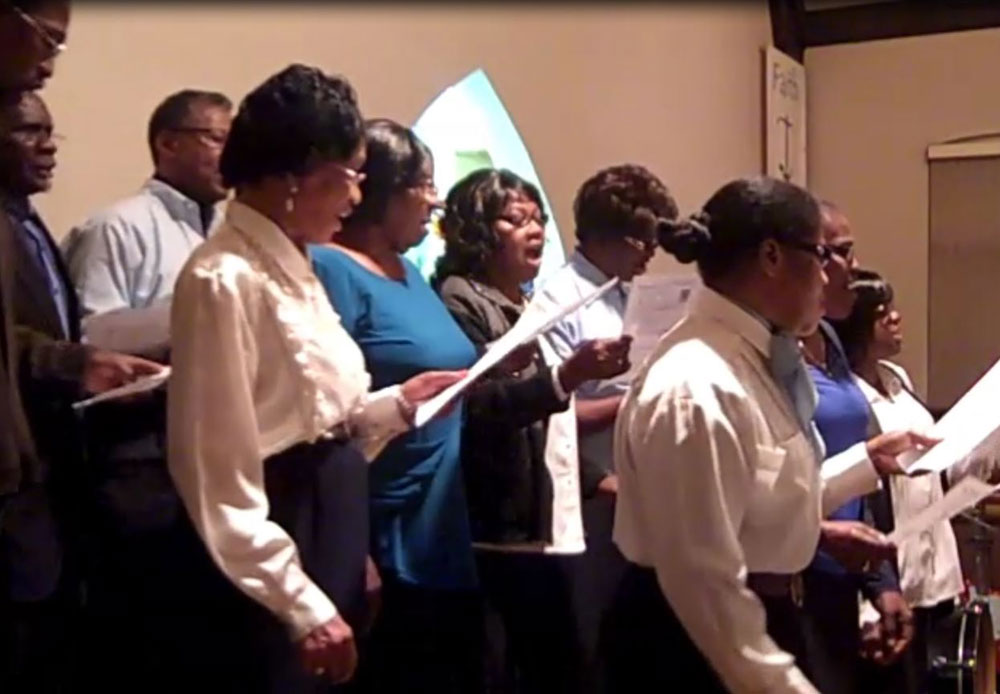
May 30, 2020; Washington Post, the New York Times, and Politico
In the case of South Bay United Pentecostal Church vs. Gavin Newsom, the US Supreme Court ruled in favor of California’s governor’s right to impose restrictions on in-person religious services in order to prevent the spread of COVID-19.
The court’s 5-to-4 ruling, issued by Chief Justice John Roberts, states, “Although California’s guidelines place restrictions on places of worship, those restrictions appear consistent with the free exercise clause of the First Amendment.” Roberts was joined in his vote of support for this ruling by the Court’s four liberal justices, but they did not join him in his opinion.
The Chief Justice expanded on his point about the singling out of religion for discrimination, saying:
Similar or more severe restrictions apply to comparable secular gatherings, including lectures, concerts, movie showings, spectator sports and theatrical performances, where large groups of people gather in close proximity for extended periods of time. And the order exempts or treats more leniently only dissimilar activities, such as operating grocery stores, banks and laundromats, in which people neither congregate in large groups nor remain in close proximity for extended periods.
Sign up for our free newsletters
Subscribe to NPQ's newsletters to have our top stories delivered directly to your inbox.
By signing up, you agree to our privacy policy and terms of use, and to receive messages from NPQ and our partners.
But this did not sit well with four conservative justices. Writing for the minority, Justice Brett M. Kavanaugh saw this as discrimination against religion and a clear violation of the First Amendment. The state of California imposed unequal restrictions and thus discriminated, Kavanaugh writes. “The basic constitutional problem is that comparable secular businesses are not subject to a 25 percent occupancy cap, including factories, offices, supermarkets, restaurants, retail stores, pharmacies, shopping malls, pet grooming shops, bookstores, florists, hair salons, and cannabis dispensaries.”
In this case, however, the court ruling may prove to be of only passing importance, as the White House is seeking to impose a federal policy of opening up churches regardless of the views of state governors and public health officials. Just 10 days ago, on May 22nd, President Donald Trump in a news briefing deemed houses of worship “essential” and ordered governors to immediately reopen churches, synagogues, and mosques closed due to COVID-19. In his statement, the president threatened to “override” any state or local leaders if they did not follow his directive.
The second front to this is the revelation that the Centers for Disease Control and Protection (CDC) is now issuing guidance for communities of faith and declared them to be “essential places that provide essential services.” This particular guidance from the CDC has been an “on-again, off-again” set of materials; just hours after posting, it was removed and replaced with even newer guidance. Apparently, the version that was released on May 22nd had not been cleared by White House officials and was replaced the next day with the “approved” version.
The earlier version had been drafted by the CDC more than a month ago and was delayed by the administration. It contained advice that people in churches use face coverings, stay six feet apart, avoid use of shared cups and dishes, and cut down on singing to avoid spreading the virus. (The CDC has issued written reports about the potential of choirs and singing to be “super spreaders” of the virus.) The information discouraging choir gatherings and the use of shared drinking vessels was later deleted.
The intervention of the White House into these kinds of religious areas is seen as overreach by some religious leaders. Tony Suarez, a Tennessee-based pastor who served on Trump’s evangelical advisory board in 2016, warned about separation of church and state when he said, “We’re getting into dangerous territory when the government is opining on sacraments, ceremonies, and styles of worship.” But it would seem that the federal government is listening more to the voices of sacrament than to those of science in this case.—Carole Levine











